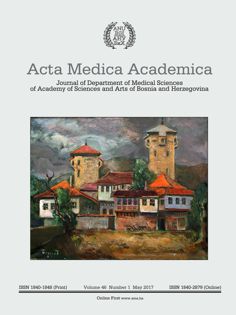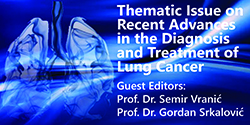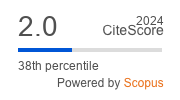The prevalence of orthodontic treatment needs of school children in northern Herzegovina
DOI:
https://doi.org/10.5644/ama2006-124.183Keywords:
Orthodontic treatment, Dental Health Component, Index of Orthodontic Treatment Need, Bosnia and HerzegovinaAbstract
Objective. The study was conducted to evaluate the Index of Orthodontic Treatment Need based on the Dental Health Component (DHC). Materials and methods. 300 students aged 12-15 years were included in this study. The examinations were performed in two elementary schools in the municipality of Prozor-Rama, using standard dental instruments. Children were ranked into five grades according to the DHC. Results. Only 12% of children were found not to have a need for orthodontic treatment. Of the others, 45.33% had a great, and 10% a very great need for orthodontic treatment. The rest of the children were found to have a need for minor or moderate orthodontic treatment. Slightly more girls than boys had a great or a very great need for treatment, although the difference by gender was not statistically significant. Analysis of the level of need by age of children showed no significant difference; children with a great need of orthodontic treatment prevailed in all age groups. About 85% of children with a great and a very great need for orthodontic treatment would agree to orthodontic treatment, while the rate of non-acceptance was about 5%. Conclusion. The high rate of need for orthodontic treatment in the examined students is explained by the lack of programs for this type of health care, the insufficient number of qualified orthodontic specialists, and the very low percentage of allocations from the state budget for oral health.






